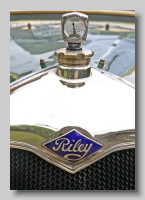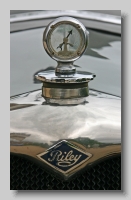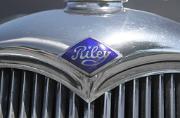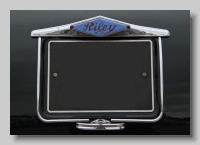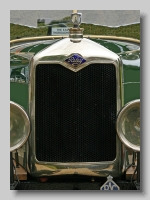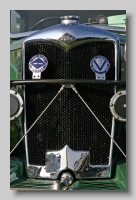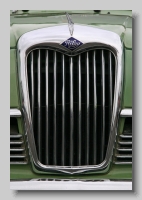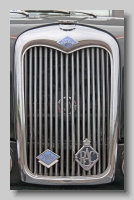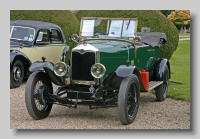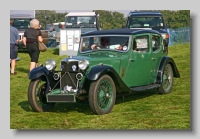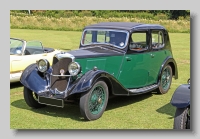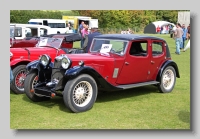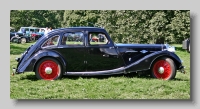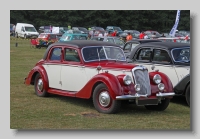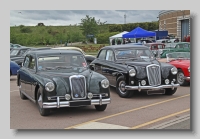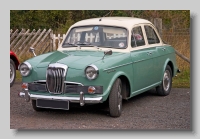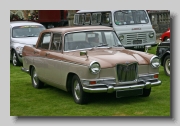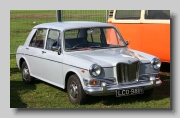| Car Albums | |||||
| Makers | |||||
| Models | |||||
| Nuffield Organisation | |||||
| B.M.C. Cars | |||||
| Full menu functions for the buttons above are only available if you ALLOW BLOCKED CONTENT. My menu scripts provide drop-down menus that have been tested with the latest Mozilla browsers. If the scripts do not run, limited navigation is given by these buttons | |||||
Riley Motors William Riley Junior took over the family weaving business in Coventry in 1870, and following the acquistion of Bonnick cycle works in 1890 Riley branched into cycle manufacture. The Riley Cycle Company was established in 1896, and by 1899 he had produced a powered quadricycle and a powered tricycle. By now William had been joined by brothers Basil and Herbert Riley in the business whilst William's son Percy Riley had designed his own car with an advanced inlet valve engine. Percy and his 2 brothers ran the Riley Engine works and these engines powered the Riley Tricars until in 1906 the first Riley 4-wheel car was introduced and bicycle manufacture ceased in 1911. Riley Motor Manufacturing was formed in 1913, and the business grew gradually absorbing the Nero Engine Company ran by Victor Riley and the Midlands Motor Body Company ran by Allan Riley. The 1919 Motor Show saw the launch of the 11hp, the first use of the blue diamond Riley badge and the slogan 'As old as the industry, as modern as the hour.' Sales really took over when the new Riley Nine was launched in 1925 with is overhead valve engine. The Nine was the mainstay of Riley production, but was supplemented in 1929 by the 14/6 that used a 6-cvylinder version of the Riley Nine engine. Competition success kept Riley in the public eye. The 12/4 was launched in 1935 becoming the 1½-litre in the following year, and there were abortive attempts to market a V8 car assembled from 2 Riley Nine engine blocks. Victor Riley got involved in a new mark 'Autovia' which plainly took Riley engineering into a luxury model but this failed. The Riley range was culled to just the 1½-litre model and the new 2½-litre for 1938. In 1938 Riley was in financial trouble and was taken over by the Nuffield Organisation and new designs were drawn based on the Morris parts bin but with Riley engines. The first fruits of this concept were not seen until after the War in 1945 when the Riley RM range were launched. By the time the RM was ready to be replaced the Nuffield Organisation had merged with Austin to form the British Motor Corporation and the remaining Riley models were badge-engineered Morris or Wolseley models. The last Riley-badged car was the Riley 1300 that ended production in 1969. |
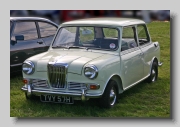
Riley Elf (ADO 15)
|
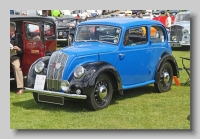
Nuffield Organisation
|
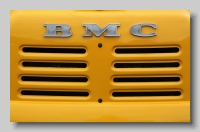
British Motor Corporation (B.M.C.)
|
| British Cars | Simon Cars | ||||
Images created by Simon GP Geoghegan Email Simon
